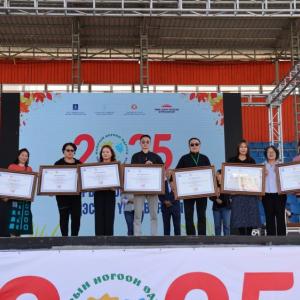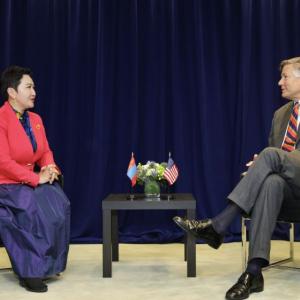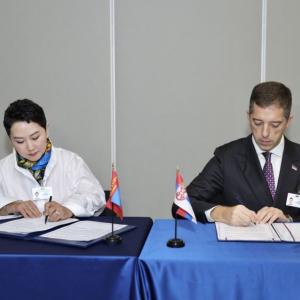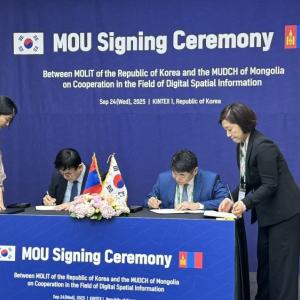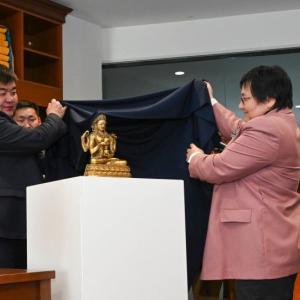Timeless Radiance of the Sages’ Luminous Intellect: Towards Attaining Wisdom
Art & Culture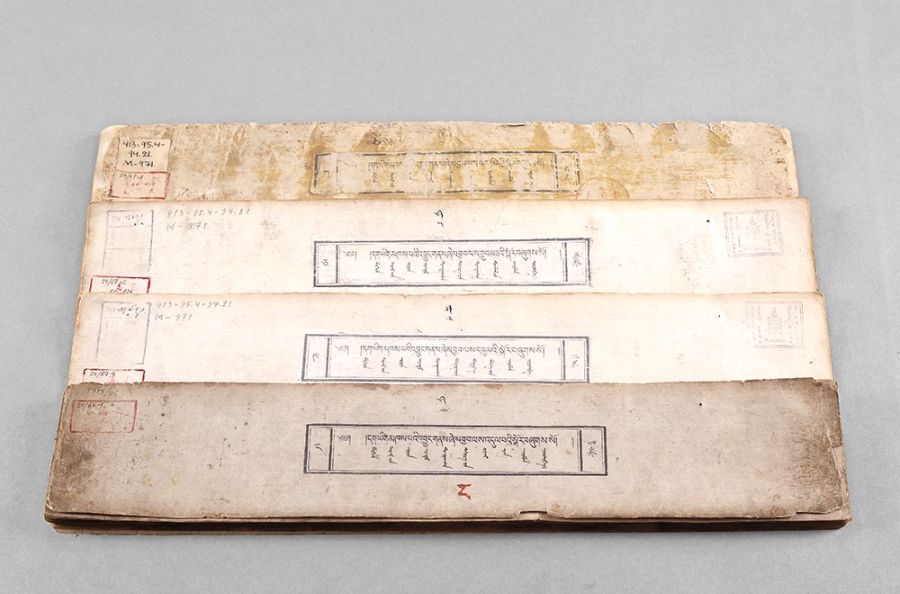
-On the occasion of International Translation Day-
Ulaanbaatar, October 1, 2025 /MONTSAME/. Every year on September 30, the International Federation of Translators marks International Translation Day, celebrating both interpreting and written translation.
On this occasion, we share information about what is considered the world’s first book on translation theory. While modern translation theory is generally viewed as having emerged at the beginning of the last century, the nomadic Mongols compiled "Mergediin Garakhyn Oron" (Towards Attaining Wisdom) in the first half of the eighteenth century—one of Mongolia’s seven inscriptions on UNESCO’s Memory of the World Register.
Mongolians had been translating scriptures - especially works of Buddhist philosophy - from Sanskrit, Tibetan, Persian, and Uyghur since the fourteenth century.
Although Mongolian scholar-translators amassed extensive experience rendering foreign works, the translation of monumental state-religious canons such as the Ganjur (Kanjur) and Danjuur (Tanjur) demanded the standardization of key terminology and the unification of principles. After the Ganjur was translated, it became clear that the terms chosen by translators in different places varied. It was precisely to fix translation terminology that the treatise Towards Attaining Wisdom was compiled.
This xylograph was produced in 1742 under the leadership of the Third Javzandamba Khutagt, Rolbiidorj, together with 26 learned translators and scribes of the time. Prepared as groundwork for translating the Danjuur—the corpus on the Ten Sciences of Buddhism—this preparatory effort is said to have taken even longer than the subsequent translation of that vast canon.
 Once completed, Towards Attaining Wisdom was disseminated to translators throughout Mongolia and established as a code for translation. Most researchers note that the book sets out sixteen principles of the art of translation, including, for example:
Once completed, Towards Attaining Wisdom was disseminated to translators throughout Mongolia and established as a code for translation. Most researchers note that the book sets out sixteen principles of the art of translation, including, for example:
- In some places, words that do not affect the sentence’s meaning may be omitted; in other places, words may be added to clarify the sense.
- Words that may bear multiple meanings must be examined with great care; if no suitable rendering can be found, the original term may be retained.
- When translating proper names, present the original name as is and indicate what it refers to afterward.
- The author’s intention must not be distorted; one must not “improve” another’s work under the pretext of refinement.
- Do not make implicit meanings explicit.
- In translating verse, alliteration is desirable, but be mindful that it can force an overabundance of words.
- Scholars (Dr. Ts. Shuger, Sh. Egshig, and B. Enkhbayar) further note that the book not only explains general principles and theoretical issues of translation but also sets standards for the translator’s craft.
The Ganjur and Danjuur - which prompted Mongolian scholars to compile this lexicon - stand as works that demonstrate the calibre of Mongolian scholar-translators of the era. For this reason, the above scholars praise Towards Attaining Wisdom as “the gathering of the timeless, radiant intellect of the sages.”
Mahāyāna Buddhist philosophy flourished such that full translations survive in only three languages worldwide, and Mongolian is one of them. While Ganjur editions exist in Uyghur, Tai, Huizu (Hui), and Manchu in parts of Southeast and East Asia, these do not include the post-Buddha works of later sages.
The Ganjur is the collection of the Buddha’s spoken teachings, while the Danjuur comprises commentaries—works in which India’s great sages studied, analyzed, and interpreted the Buddha’s discourses in various ways.
The first woodblock edition of Towards Attaining Wisdom was printed in multiple copies in Beijing, though none have survived. After the Revolution, in 1924, the Institute of Sutra and Scripts commissioned the carving of 378 new woodblocks at the Aga Datsan in Buryatia.
This achievement is recorded in golden letters in the history of Mongolian book culture. The woodblocks of Towards Attaining Wisdom stand as witnesses to the printing traditions of Mongolia and the broader East, and they are preserved today at the National Library of Mongolia as a treasured item of cultural heritage.

 Ulaanbaatar
Ulaanbaatar















